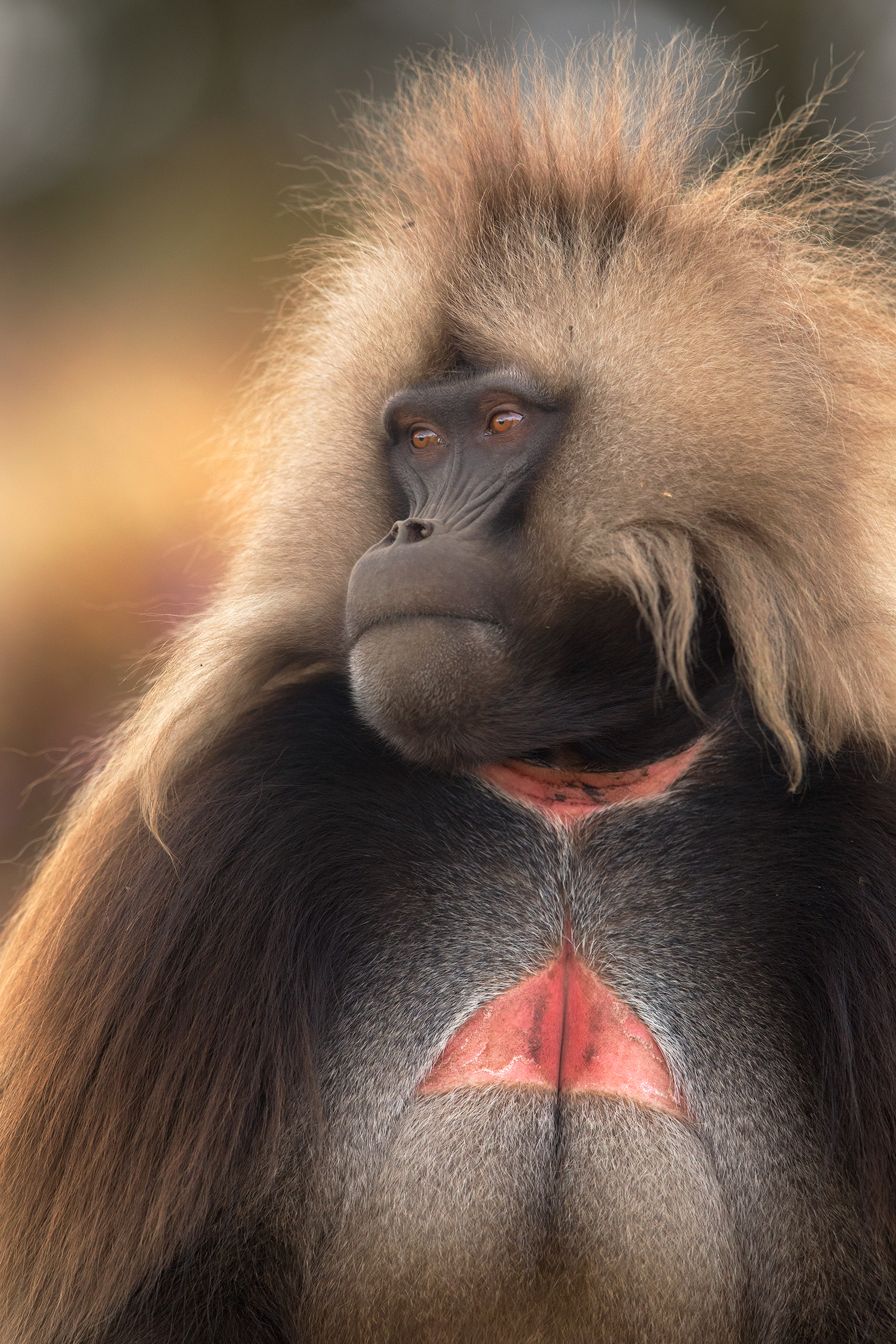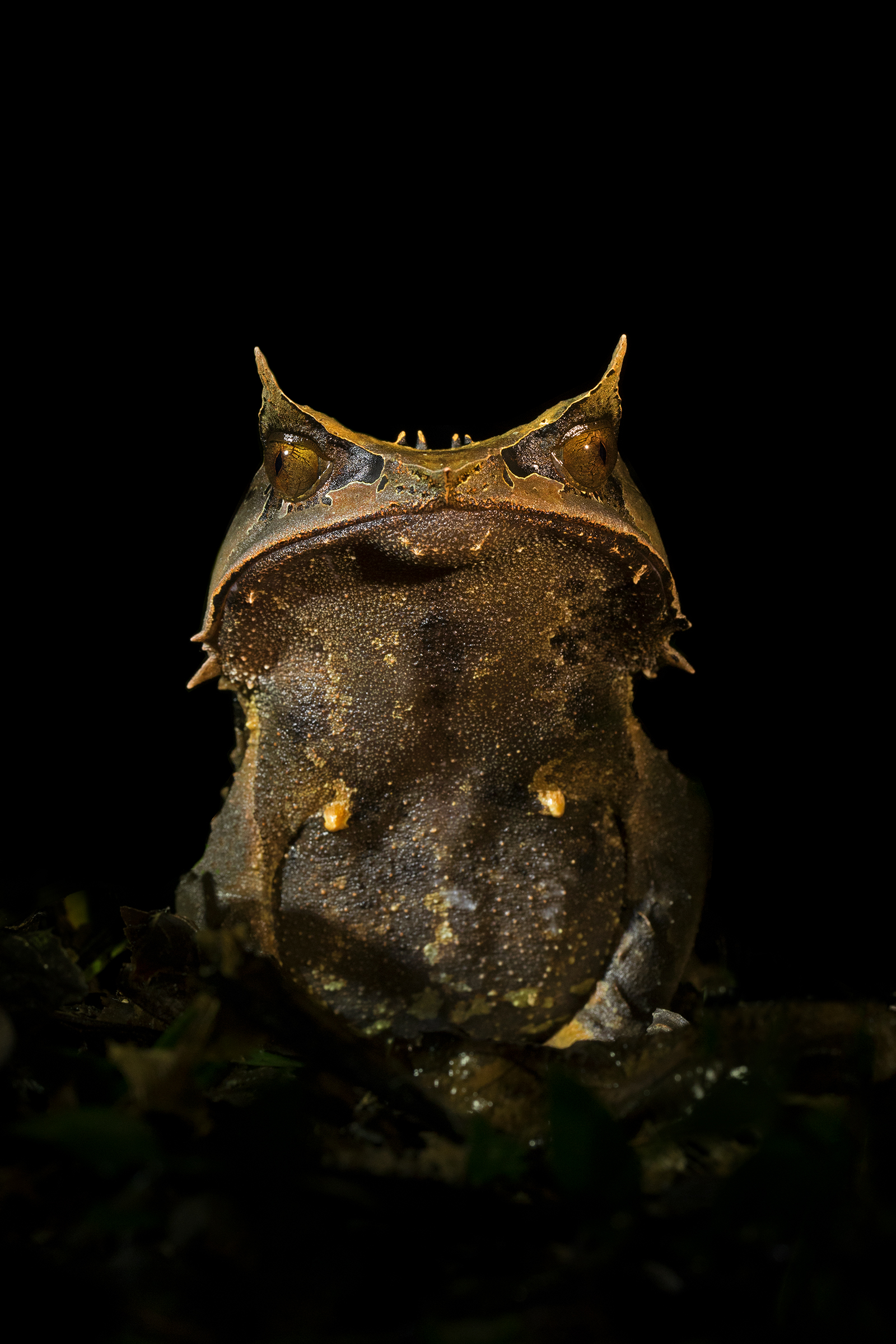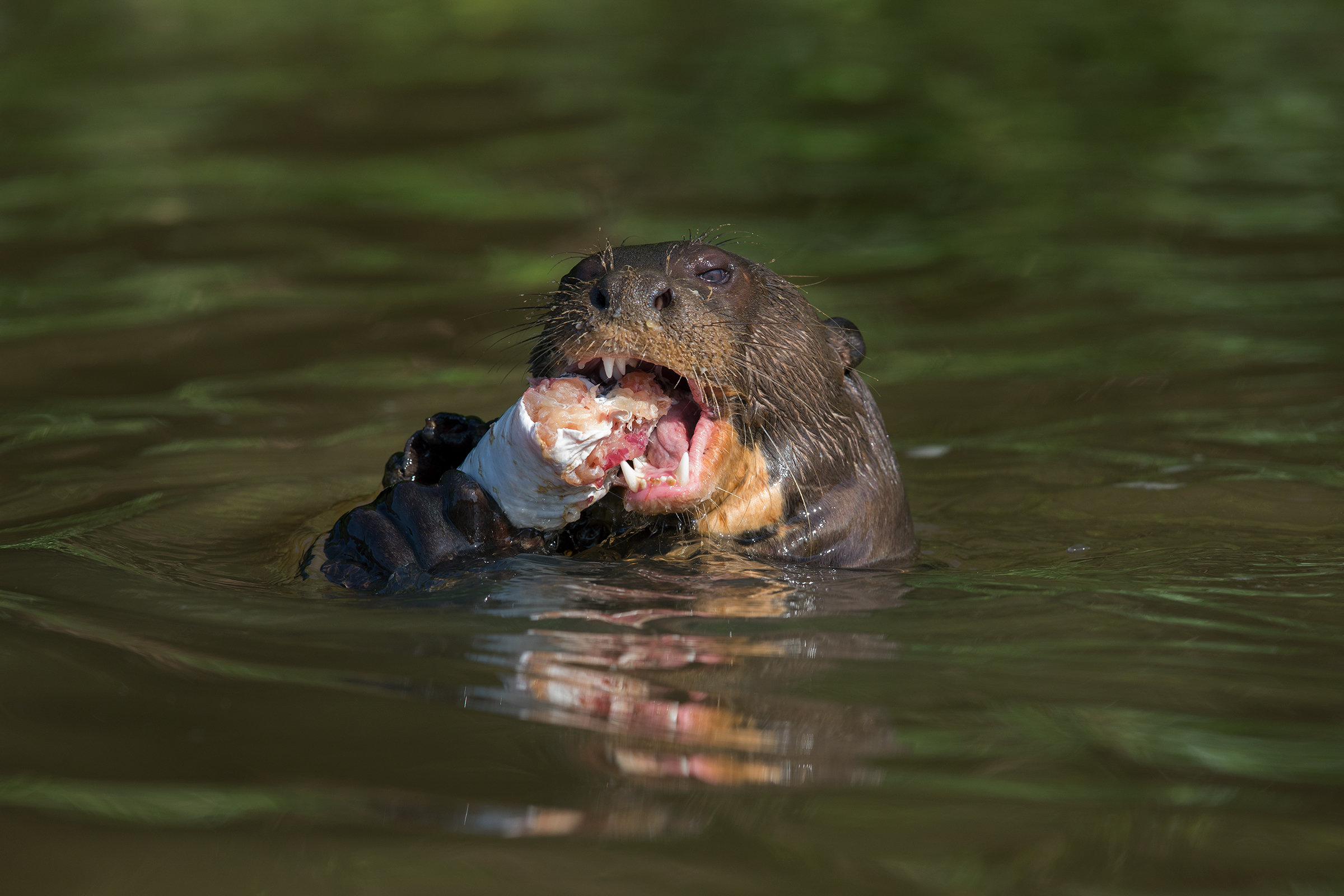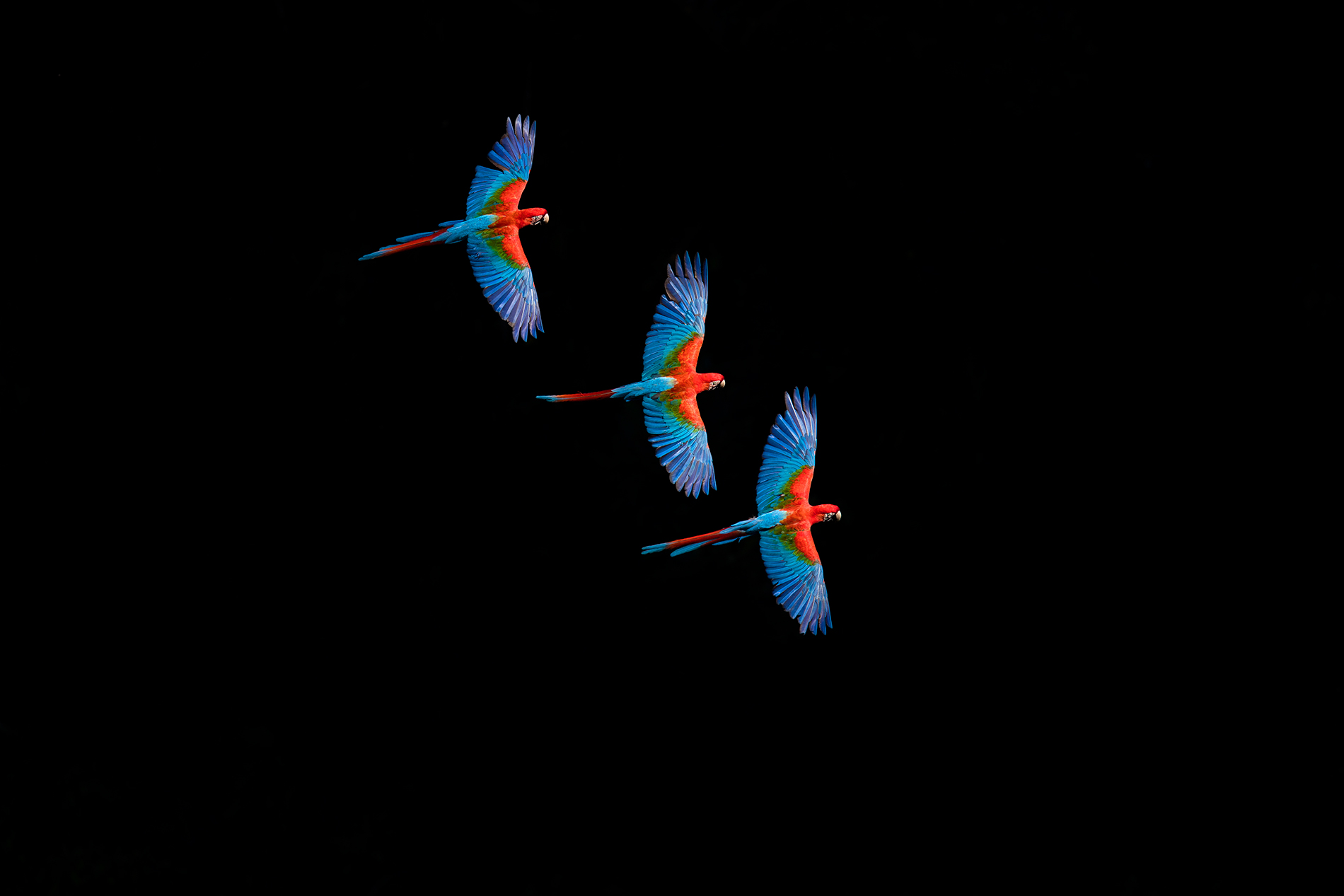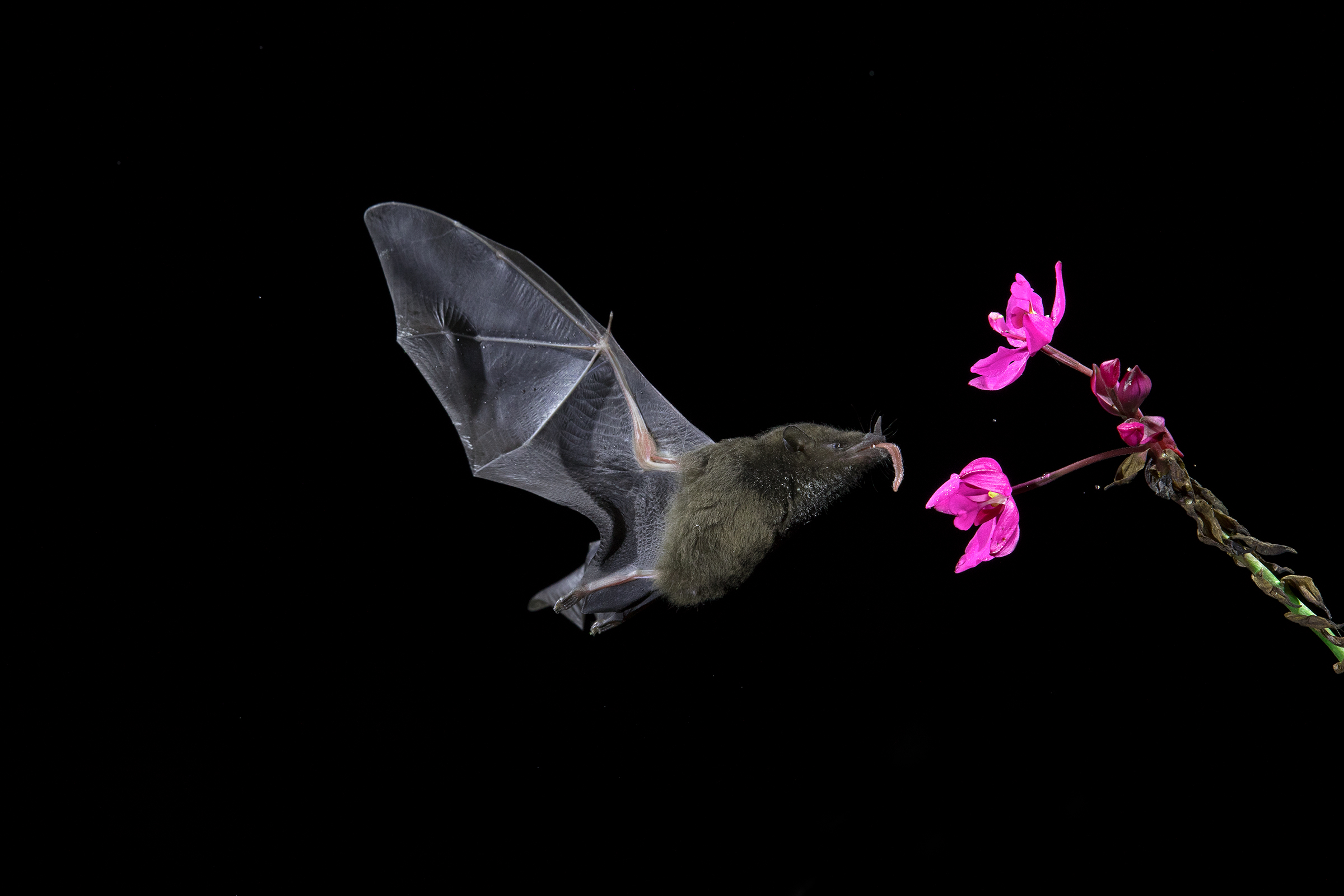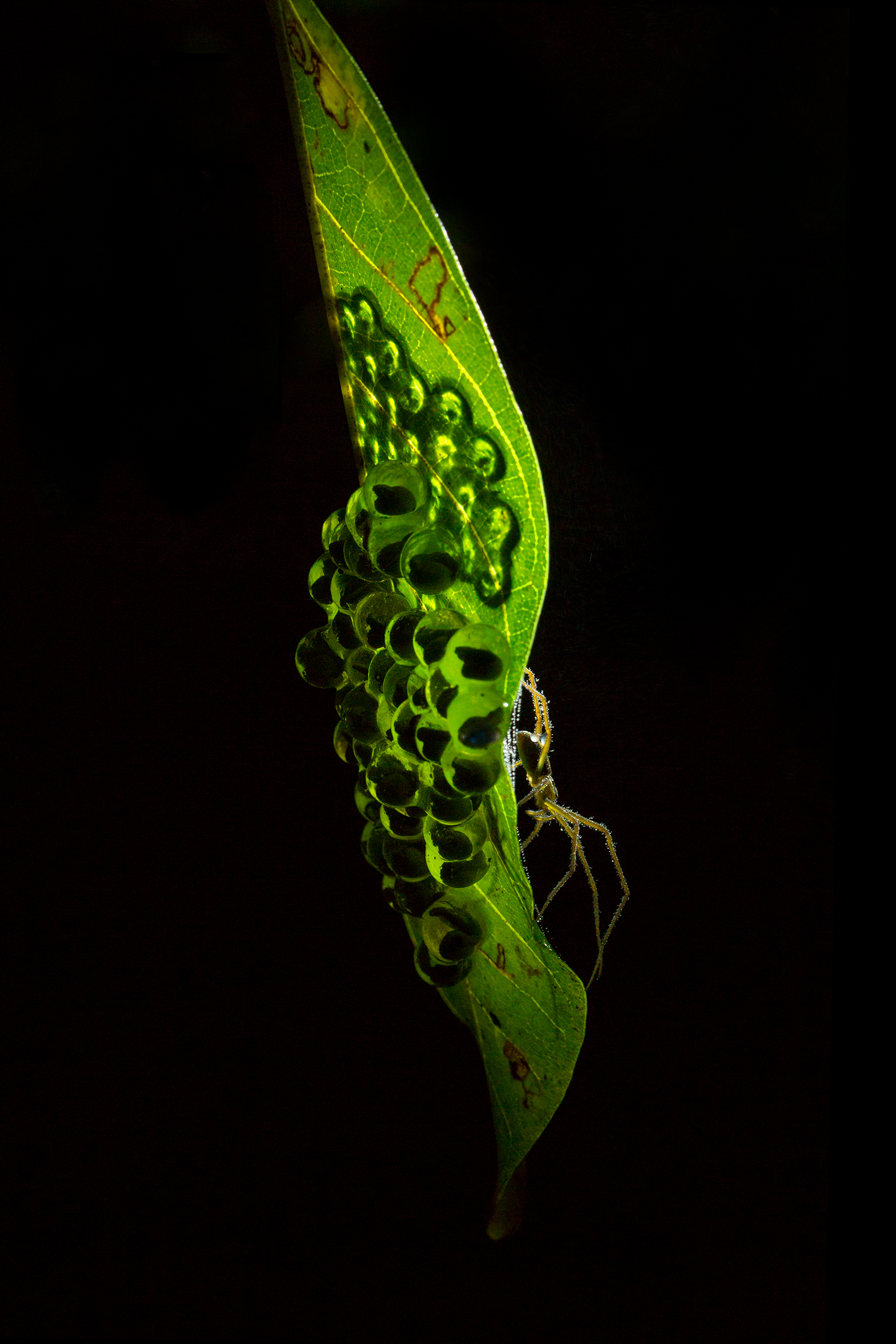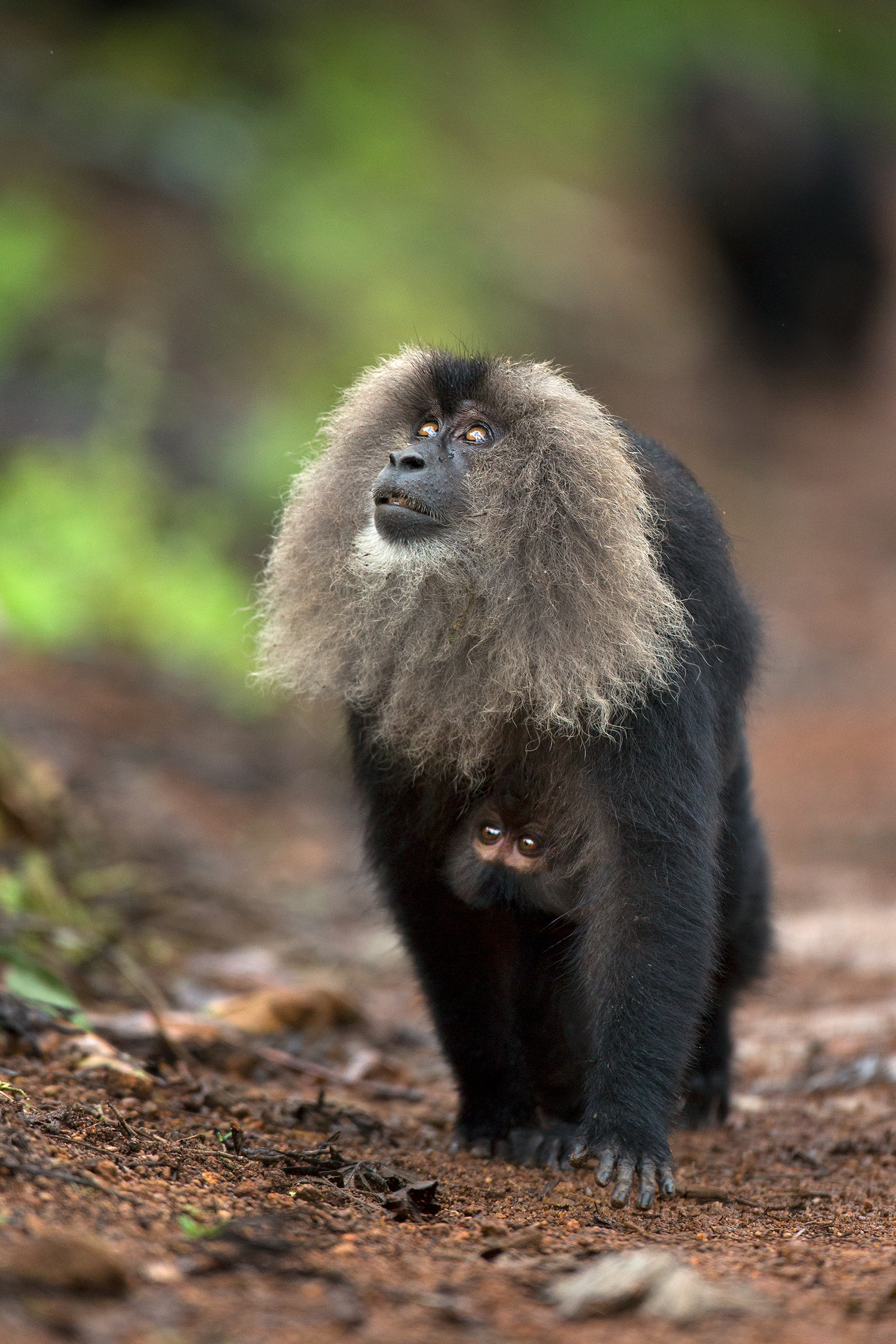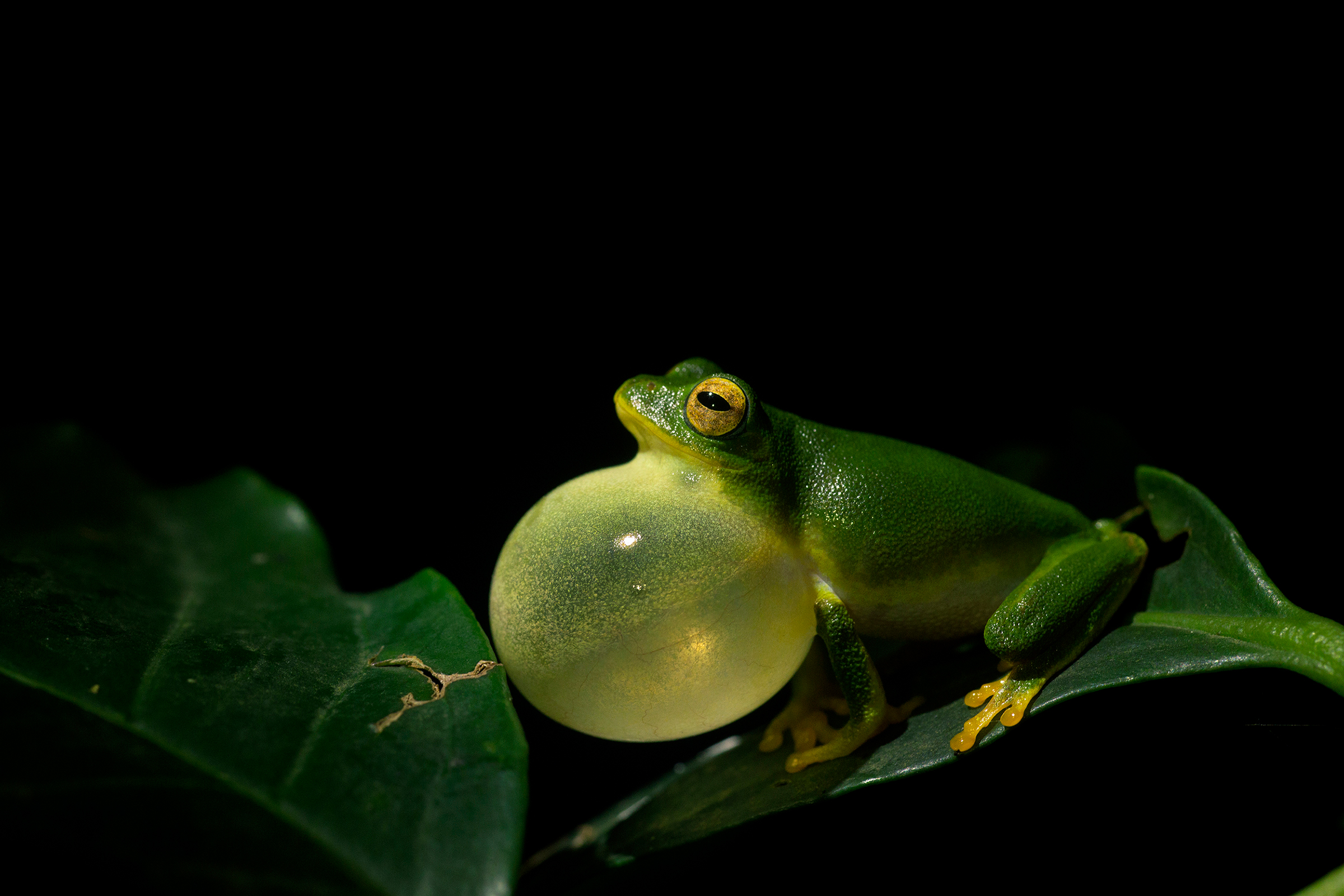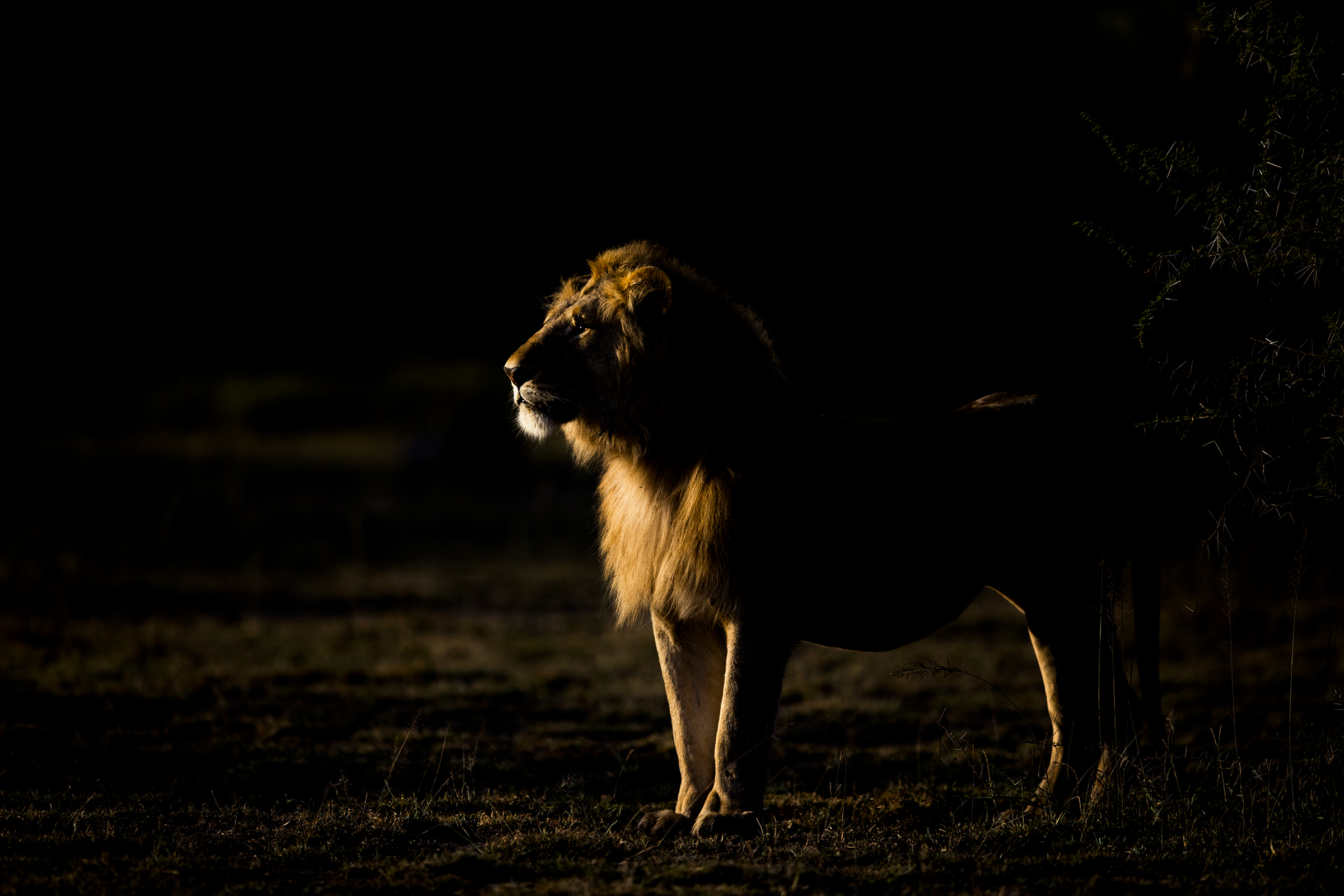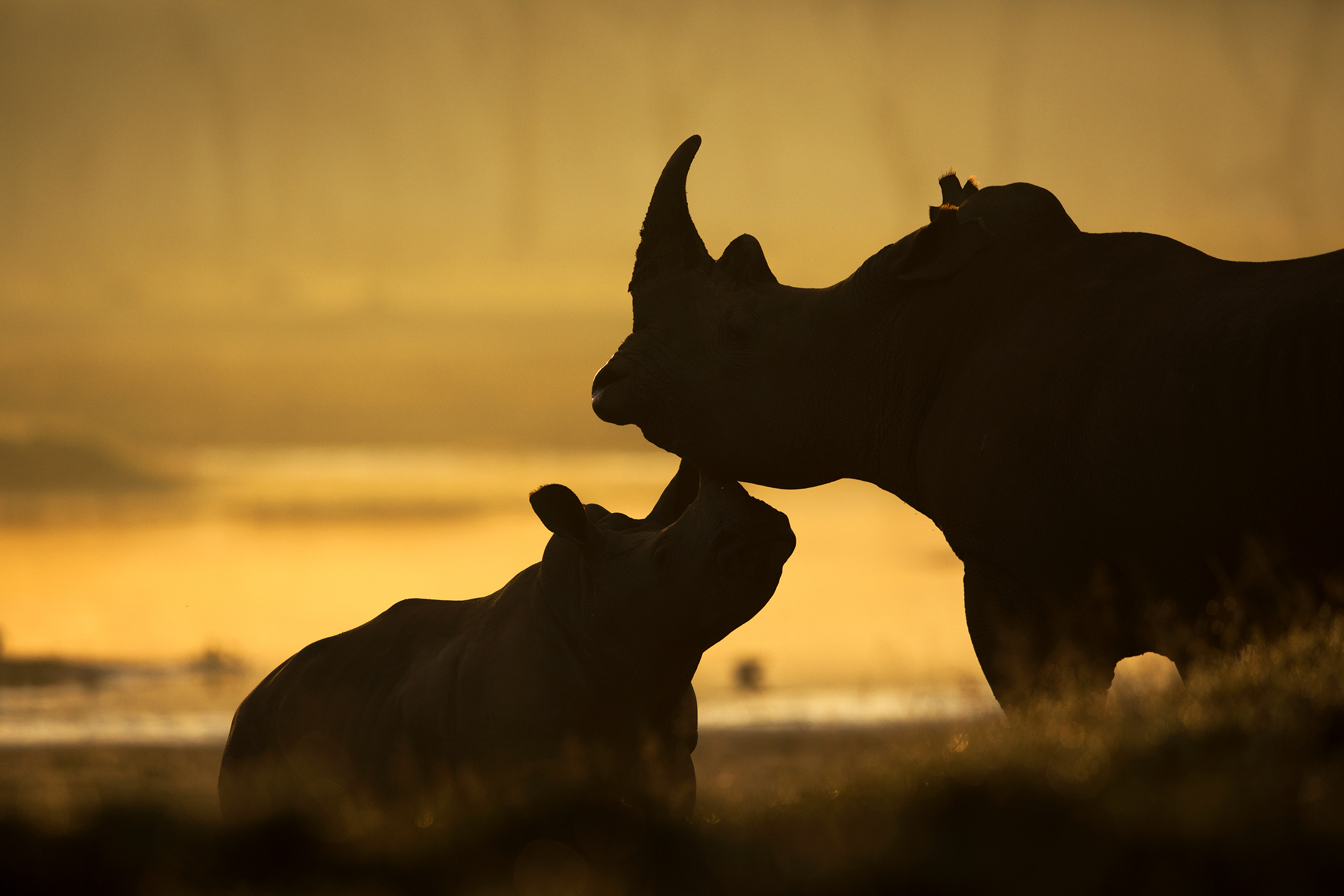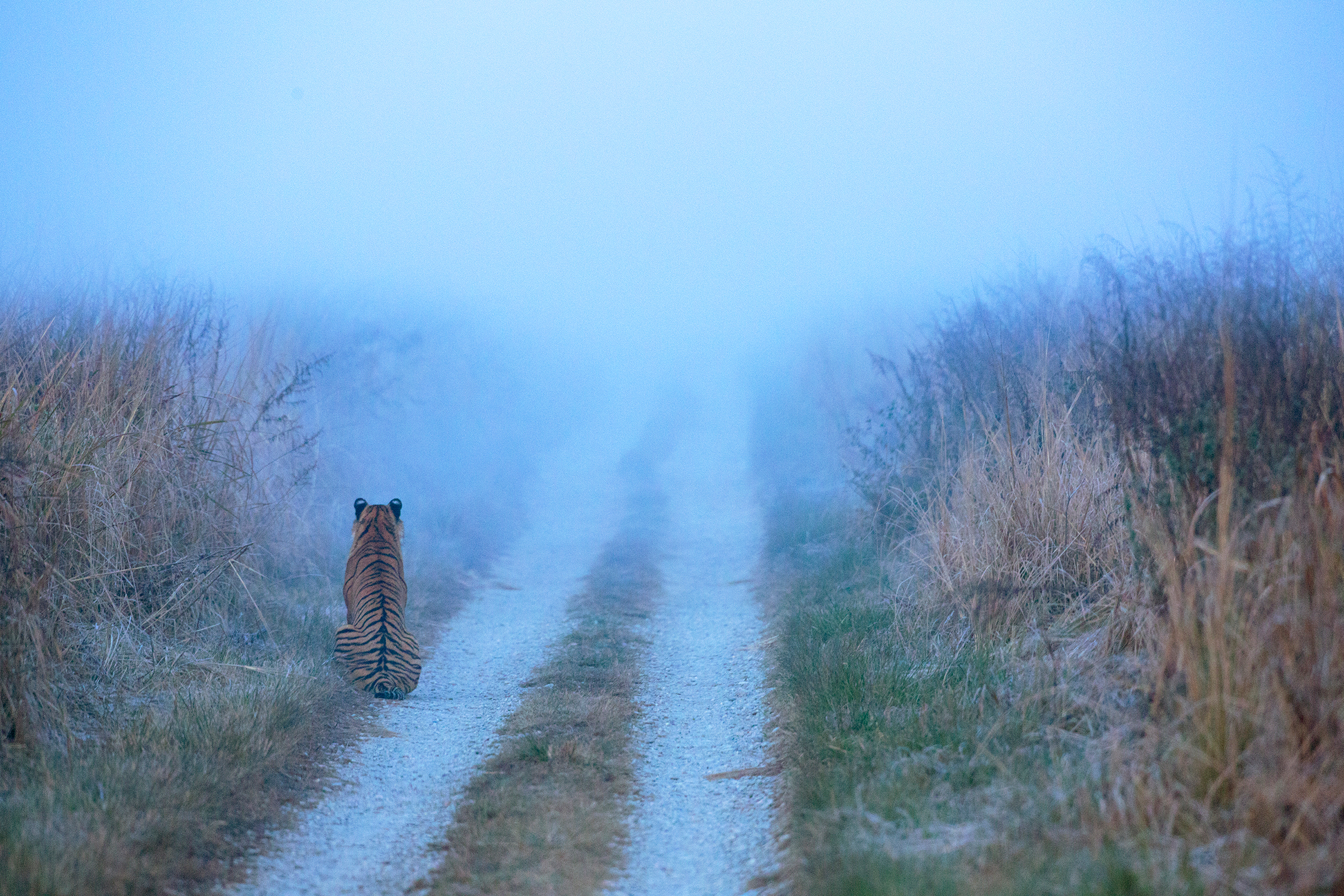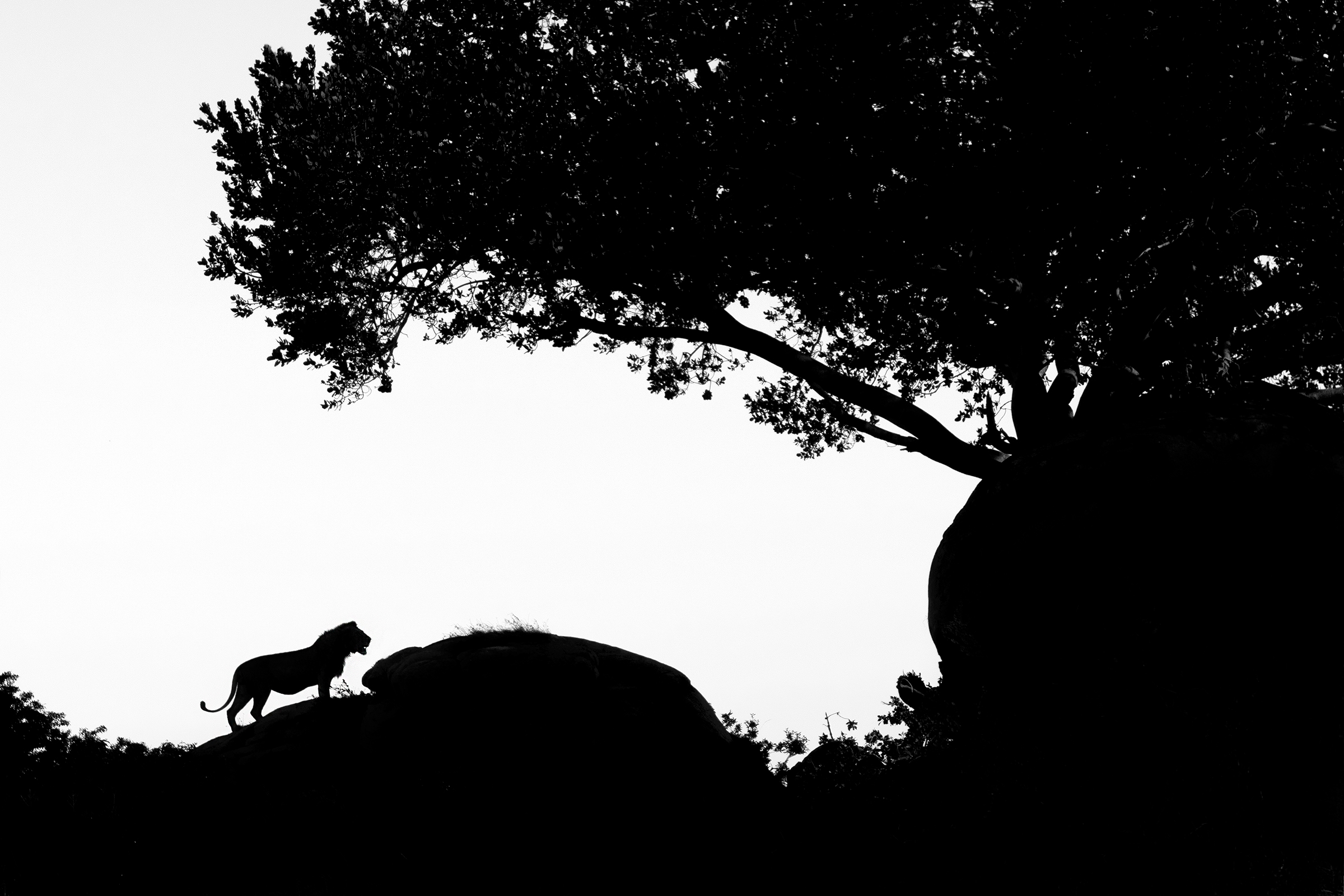What first drew you to wildlife photography, and how has that passion evolved over time?
I have been fascinated by wildlife pictures since childhood. I used to collect calendars and newspaper cuttings of animals, and getting a National Geographic magazine was one of my favorite gifts. Years later, after I started working, I went on a couple of wildlife tours around 2000–2001. I remember seeing someone with a film SLR camera and a 70–300mm zoom lens. Back then, you couldn’t see your photos instantly because they were on film. It was amazing to watch that man photograph the birds we were spotting through our binoculars. A week after the tour, he would invite us for a slide show it was so exciting to see those bird images come to life.

Was there a defining moment that made you realize this is what you wanted to pursue professionally?
I was spending more and more time in the wild. My interest started with birds and soon grew to include mammals, frogs, and anything I could find in nature. I was always looking for reasons to be outdoors. At one point, my Human Resourses team told me I had been taking more leave than was permitted. I enjoyed my job, but it became hard to stay when I felt held back.
In 2007, I won both first and second place in the well-known Sanctuary Asia Awards. That was a big confidence boost for me. It was a turning point back then, there wasn’t much social media, so the only way to get noticed was through print publications.
Around that time, digital cameras were becoming popular in India. Many people started asking if they could join me on wildlife trips or if I could teach them photography. I had taught kids how to use computers when I was younger and really enjoyed teaching. That was when I realized I could turn my passion into a career. I started leading wildlife and photography tours, and that was how it all began.
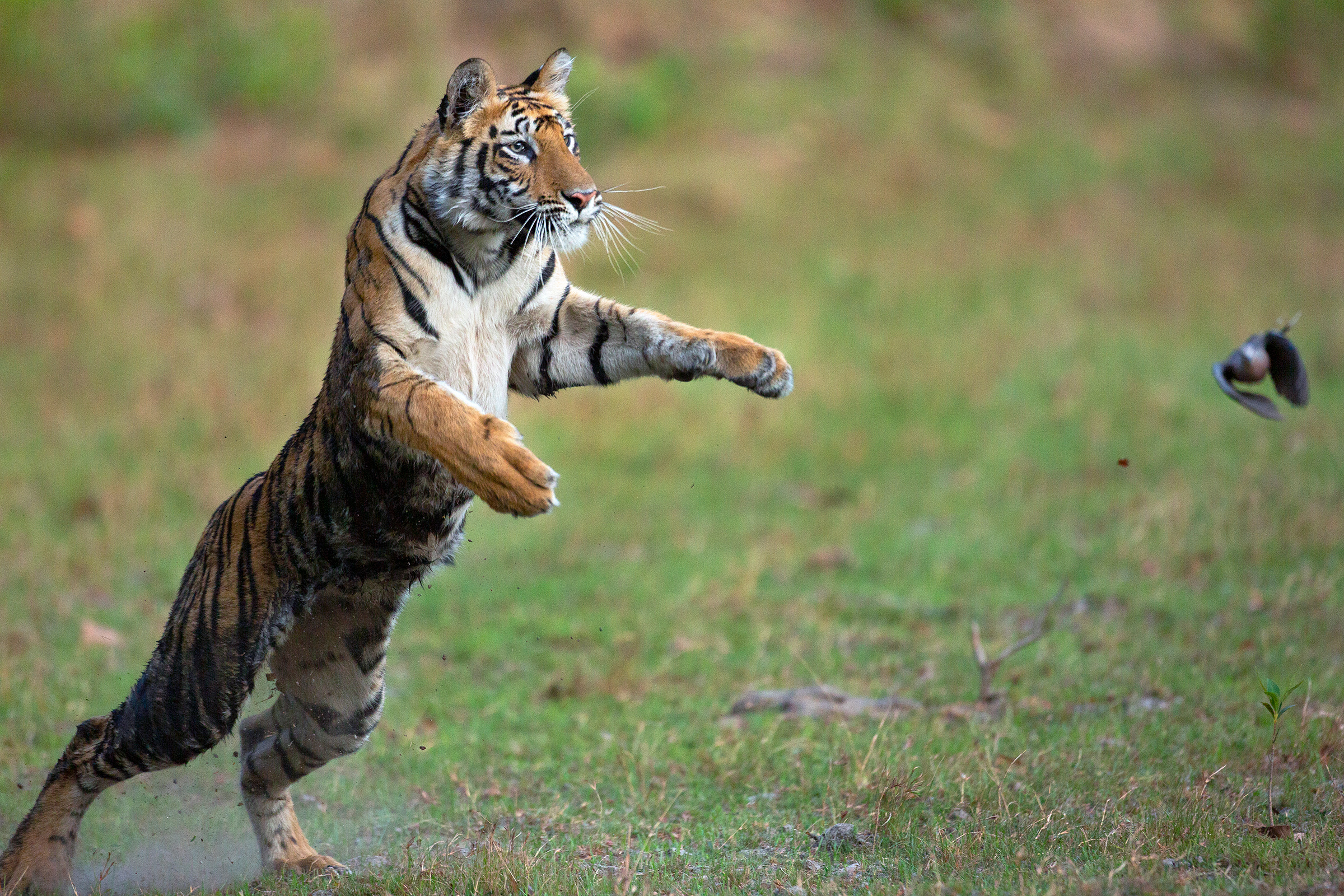
Signature Style & Approach
Your work captures a raw and intimate connection with the wild. How would you describe your photographic style?
Honestly, I don’t know if I have a style. My personal interest is wildlife, ecology (behaviour) and evolution. These things really interest me a lot. So, I am excited about anything that happens in the wild. From portraits to habitat shots to showing behaviour, I am keen on anything.
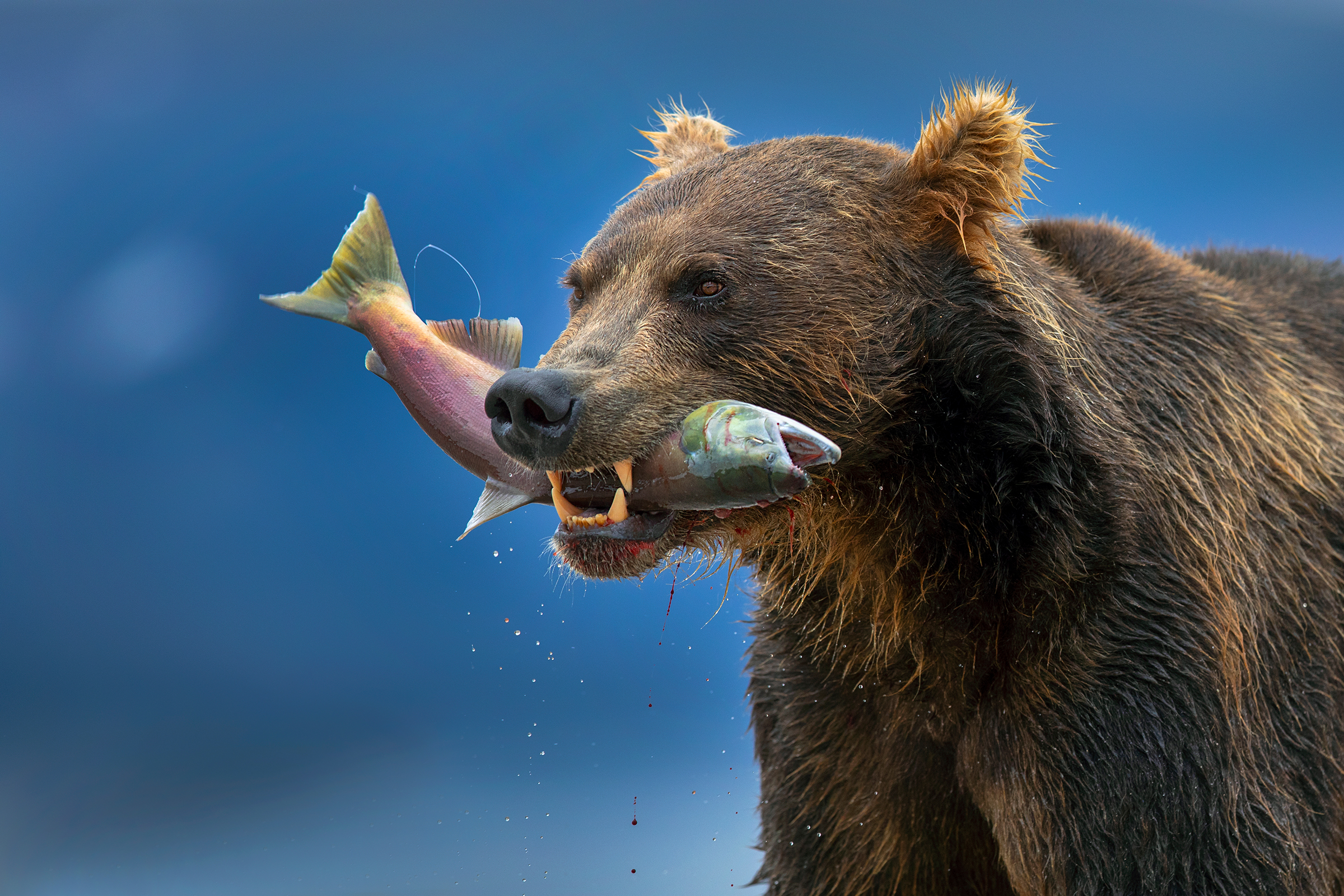
Do you go into the field with a specific image in mind, or do you allow the story to unfold naturally?
I almost never go with a specific image in mind. It is nature, you can’t predict nor plan. You can make the best of the situation that has been provided to you. I guess, these things are applicable when you are using camera traps, which I don’t. For me, I get into the field with an open heart and mind and go with whatever comes my way.
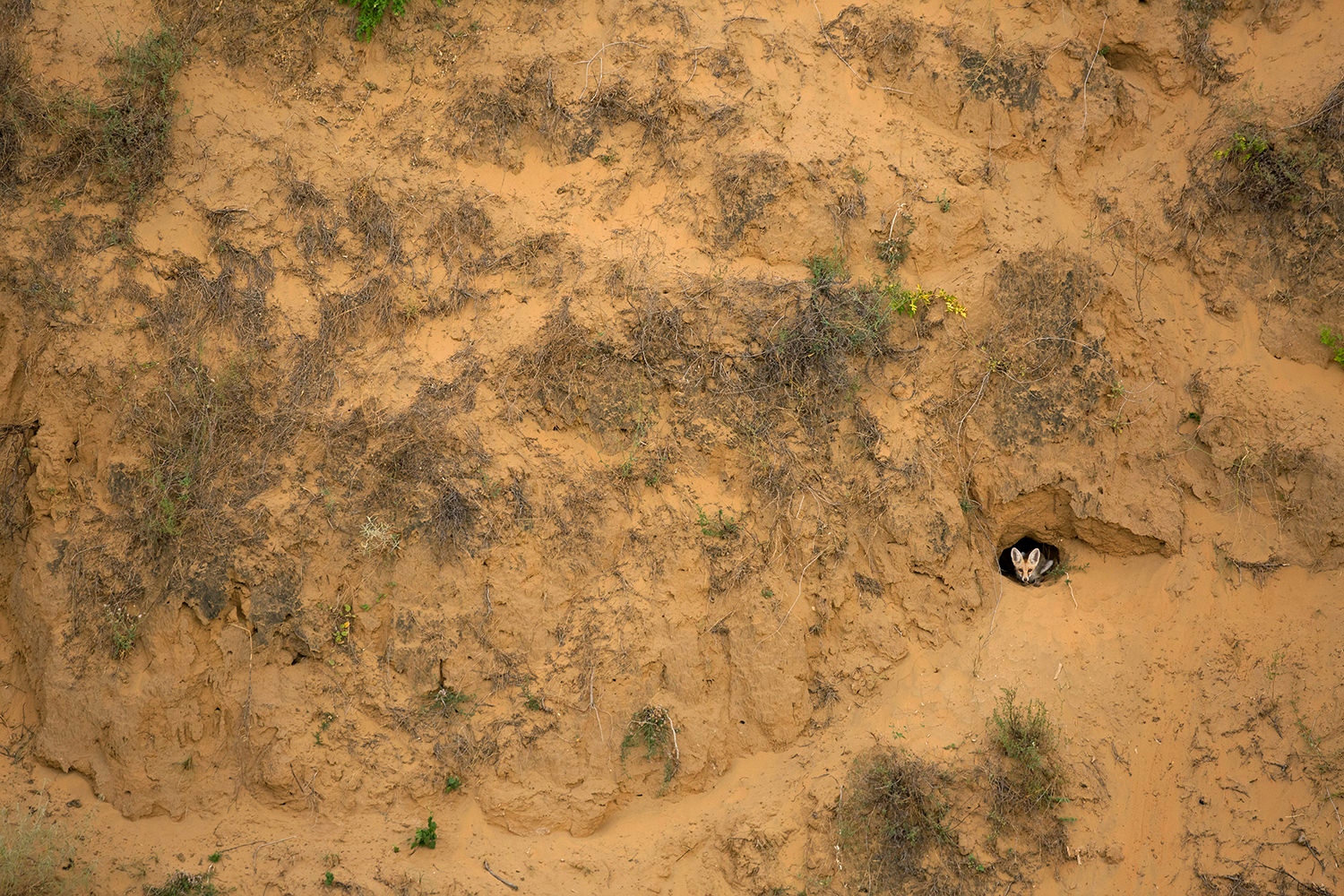
Which wildlife encounter has left the deepest impact on you, either emotionally or creatively?
Way too many. Most of the times, it is watching an animal die. Wildebeests drowning, pregnant antelopes been killed by cheetah, lions killing antelope calves, old animals dying – these are all heartbreaking moments that make it incredibly difficult to stay calm and simply capture the scene.. Basically, seeing an animal in pain, or shock, is probably the most emotionally difficult to photograph.
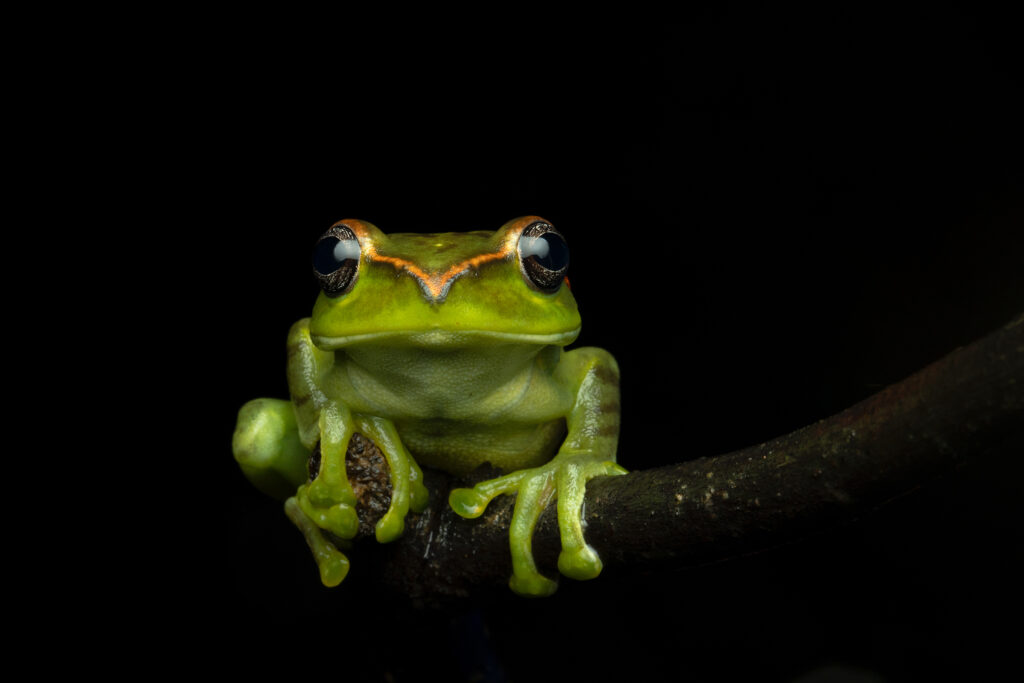
Is there a species or subject that continues to challenge you photographically?
Yes! Frogs. It is not easy to photograph frogs. They are nocturnal, shy and quicky hop off when they realize you getting close. If you want to get a frog croaking, then you have to spend enough and more time around it for it to be comfortable with your presence and then aim to take pictures.
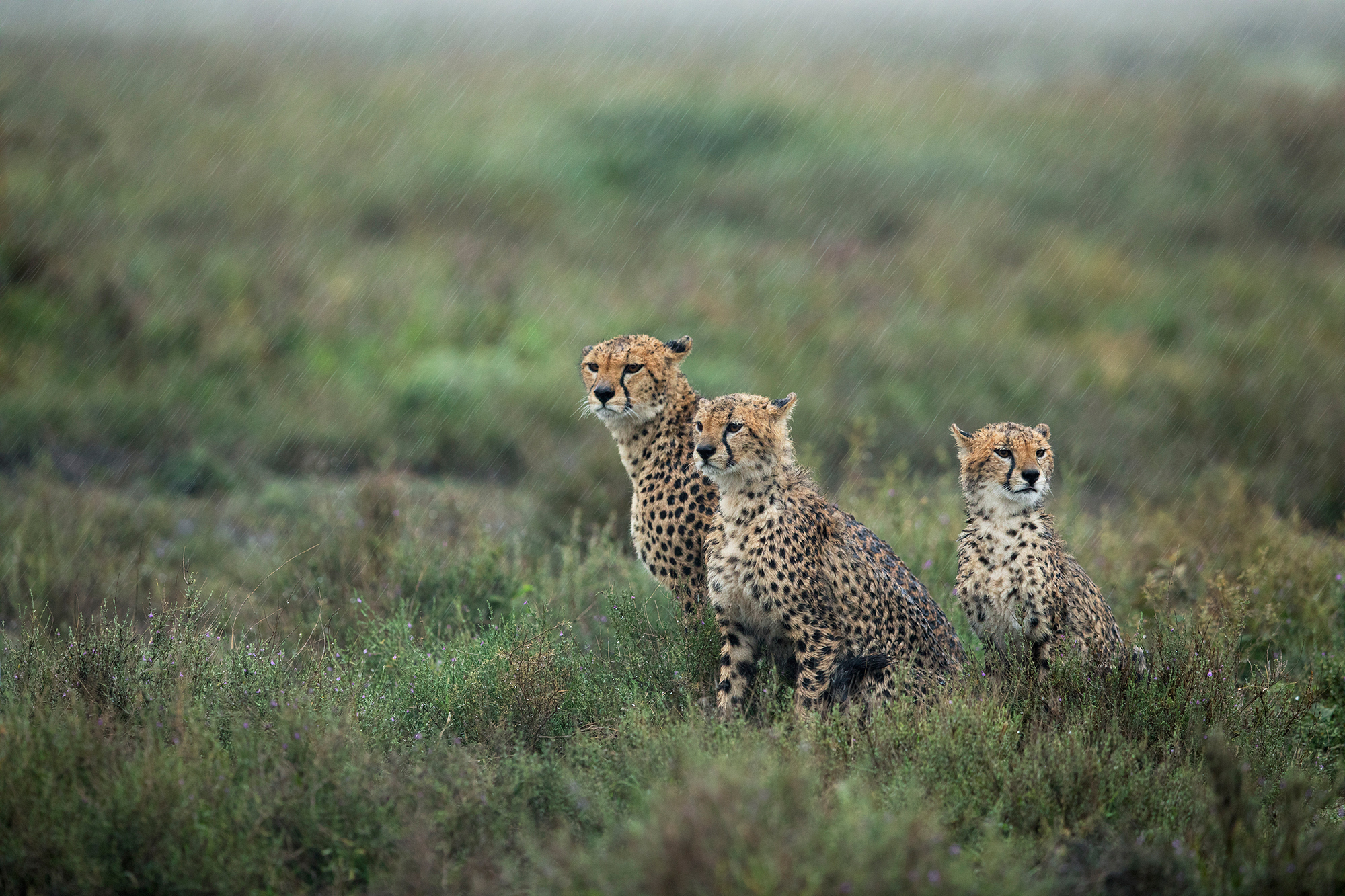
What gear do you currently use, and how do you decide what to carry for different terrains?
I have the Canon R5 and R5 Mark II. Among lenses, I have a 400 2.8, a 70-200 2.8 and a 100mm macro. I carry most of them all the time because I am happy clicking any macro subject anytime.
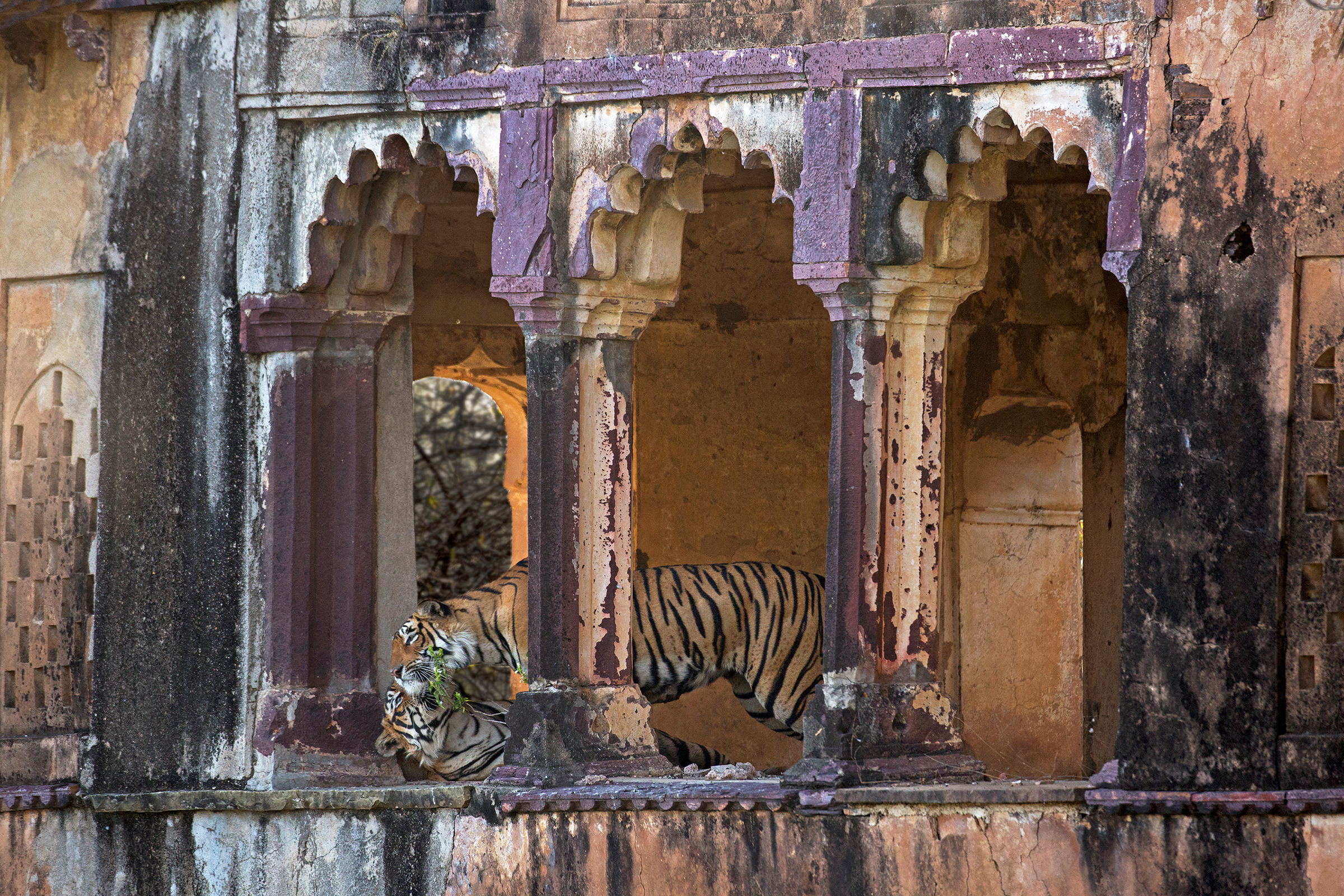
Can you walk us through your post-processing workflow? How much do you believe in editing wildlife images?
I work on photoshop. I don’t believe the images should be made to look ‘creative’ through heavy processing. I only try and get them to the originality if possible. Which means, In Camera Raw, I begin with brightness and contrast, then little bit of shadow and highlights. At times, I use the graduated Neutral Density filter to get the exposure back on the sky. Once the image is opened in photoshop, I then use the dodge and burn tool at times. Then increase the saturation a bit.
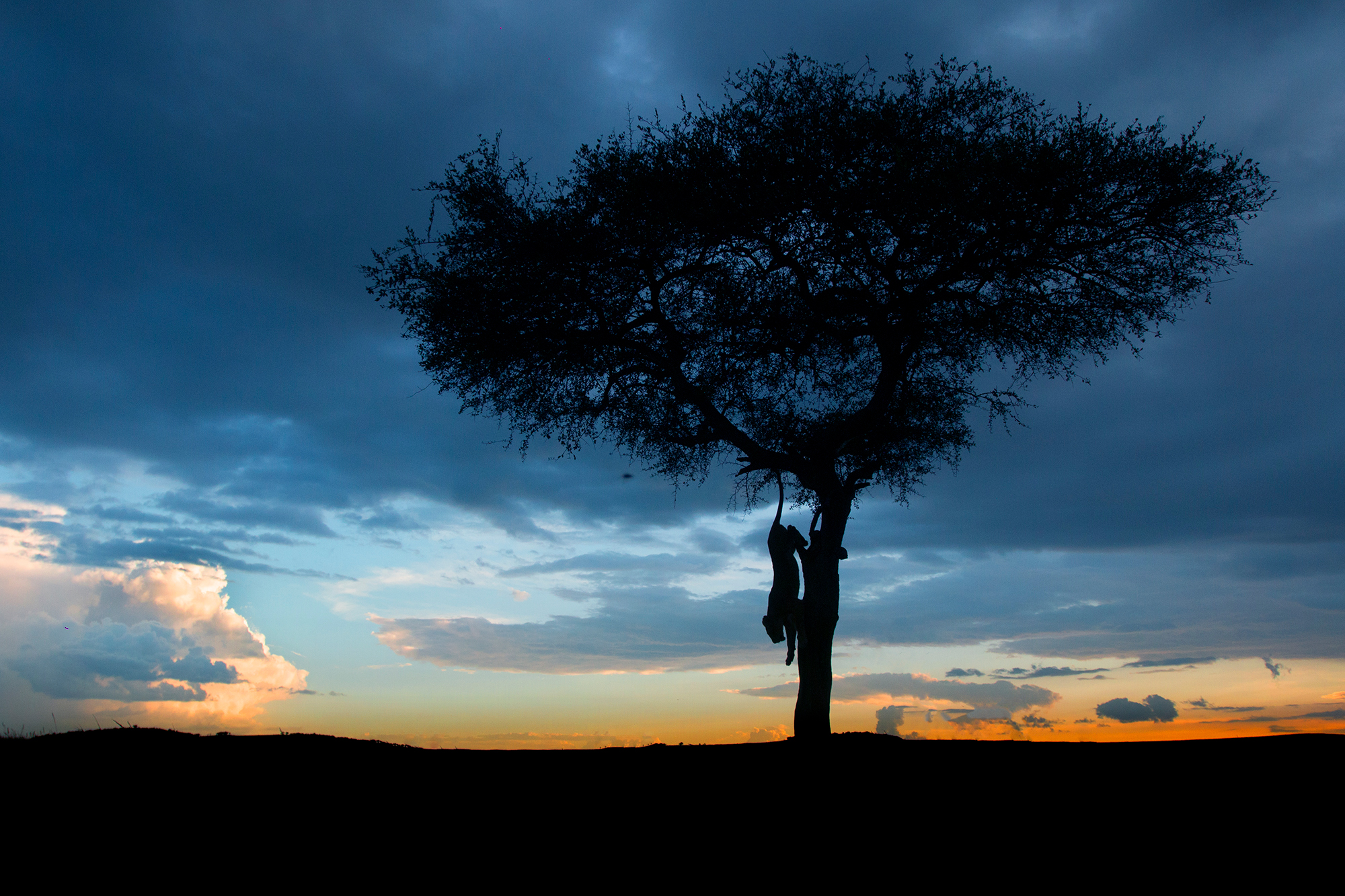
You are known for your conservation-oriented work. How do you balance storytelling with advocacy?
I have always been interested in conservation and have tried to stay involved in some way. For over 15 years, I have been working with an Non-Governmental Organization called Tiger Watch in Ranthambhore. I realized that just telling stories isn’t enough you also need to understand what is really happening on the ground in different wildlife parks.
As human-wildlife conflicts grow, especially when animals stray out of forests, the situation is more complex than it seems. It is easy to blame people living near the park or label an animal as a “problem.” Unless you understand both sides, the story will always seem one-sided and possibly misleading.
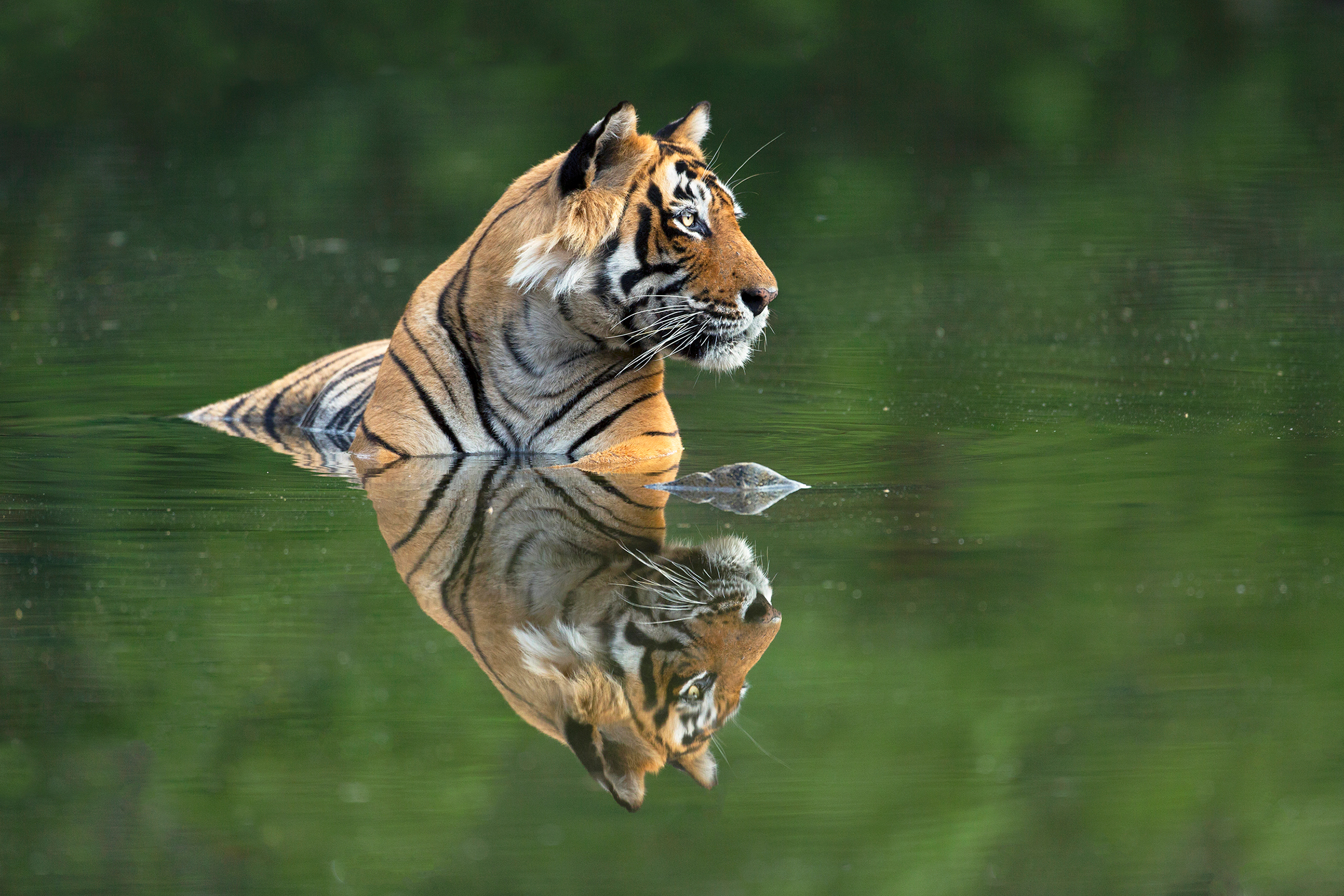
What are some key ethical considerations every wildlife photographer should follow in the field?
Understanding your subject is important it helps you stay ethical. Many new photographers don’t always know what is right or wrong, but most are eager to learn if you explain things politely.
Nowadays, with the pressure of social media, patience and basic manners are fading. It is easy to be rude or preachy when someone makes a mistake. But we have all made mistakes. If you share your knowledge kindly and explain the right way to do things, people are usually happy to listen and learn.
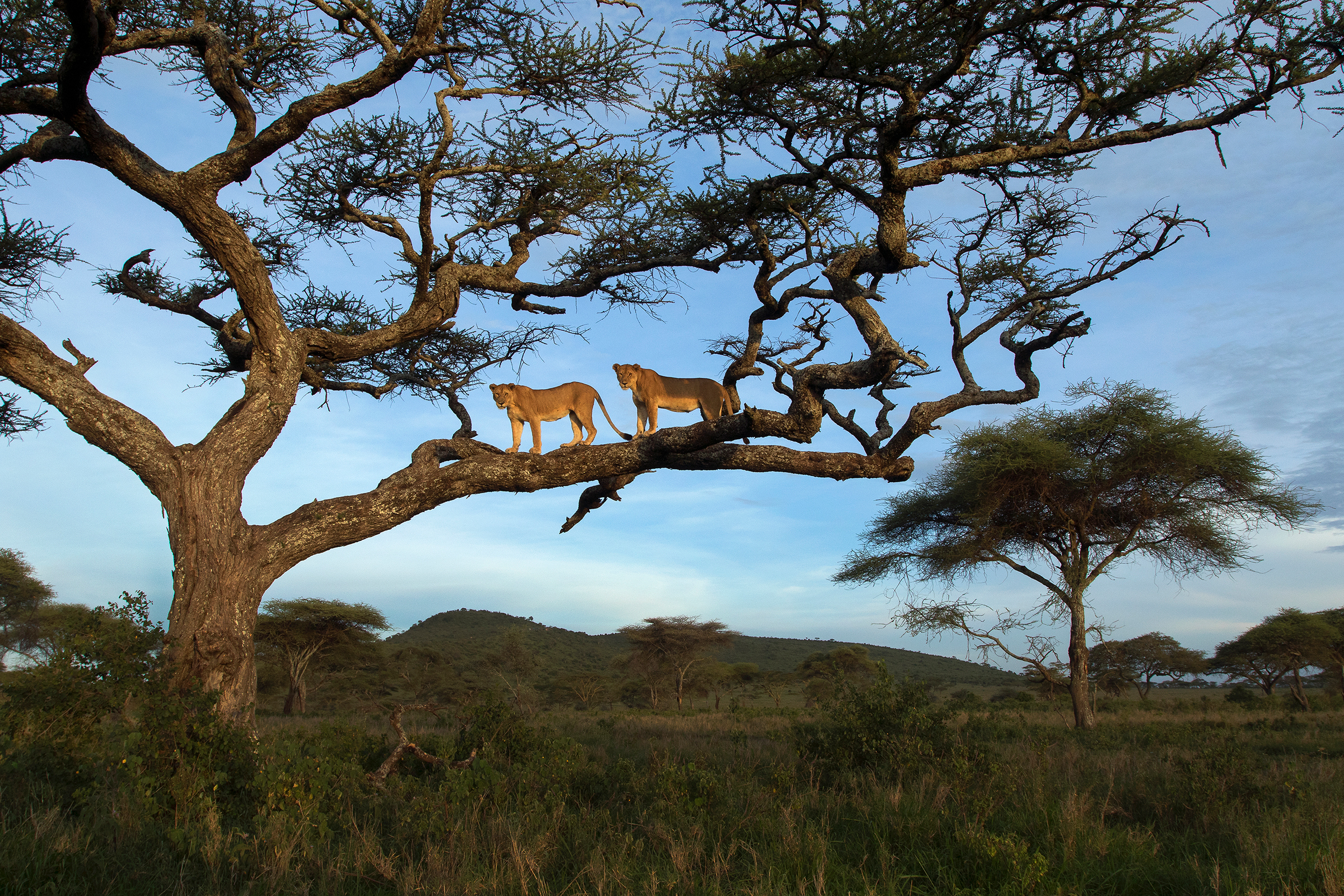
How has the landscape of wildlife photography in India changed since you started?
A lot has changed! Digital cameras have made it easier to get the exposure right and shoot at high speeds, which helps people capture some amazing images. But at the same time, many photographers today are under a lot of stress.
I think a big reason for this is social media and the chase for instant fame. Many photographers focus only on getting great shots, without really understanding their subjects or the technical side of photography. It is rare to meet someone who is genuinely interested in simply watching and learning about wildlife.
Because of this, people end up putting too much pressure on themselves. The goal becomes all about getting “the perfect shot,” rather than enjoying the experience or connecting with nature.
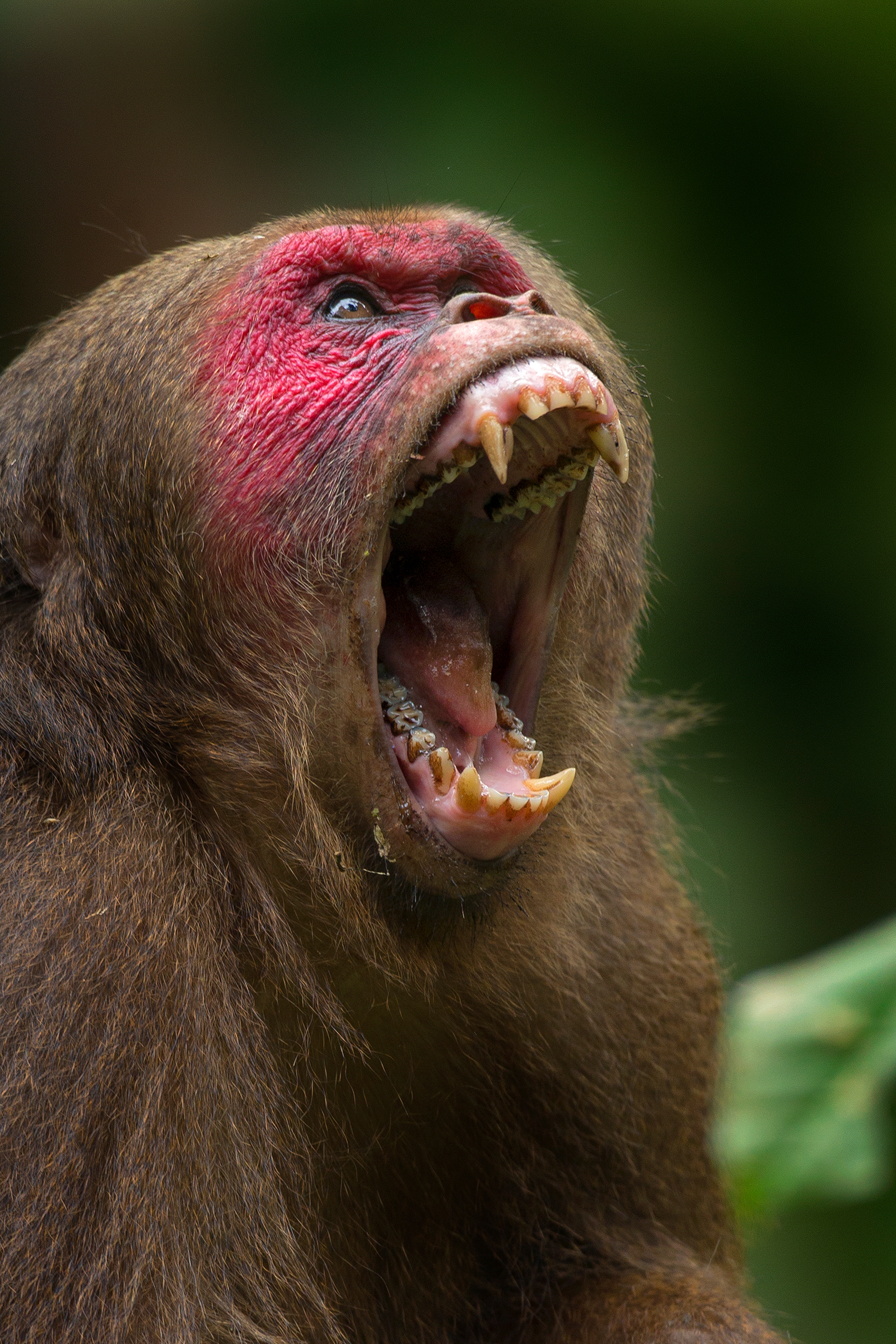
What is your take on the role of social media in shaping public perception of wildlife and conservation?
Social media can be a powerful tool for sharing meaningful discussions, asking questions, and spreading knowledge. It has also made storytelling much easier and more engaging. Today, more people are interested in wildlife safaris and photography than ever before. But unfortunately, many of them still don’t have a real understanding of the places they visit or the basic “dos” and “don’ts” of being in the wild. For many tourists, wildlife destinations often feel like glorified zoos. Their disappointment over not getting enough “sightings” or “good photos” shows a lack of appreciation for the overall experience. It is clear that for many, the focus has shifted from connecting with nature to simply ticking off a photo checklist.
That said, things can change and they are, slowly. Those who understand wildlife better need to be more patient and willing to guide others. The growing awareness about wildlife destinations is definitely a positive sign.
What is especially encouraging is seeing young people getting inspired many are now interested in conservation or wildlife photography. With the right support and guidance, they have the potential to shape the future and make a real difference in how we view and protect nature.
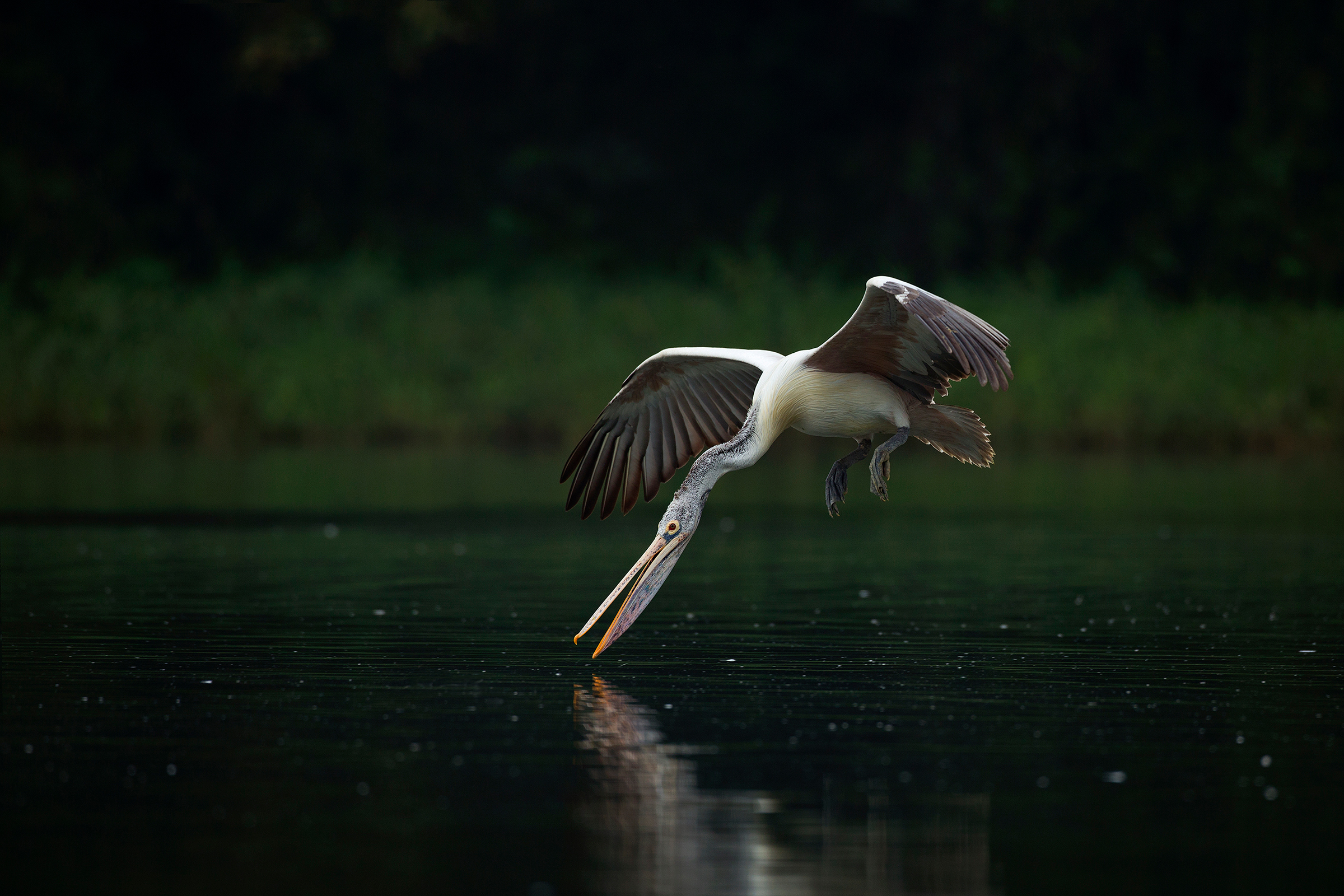
You have mentored many young photographers. What do you think is the most important quality for success in this field?
I have always believed that a true willingness to learn about science and wildlife is essential. You can only be a strong storyteller if your stories are grounded in real knowledge especially in ecology and science. Without that foundation, everything else risks becoming fiction, even if it is beautifully presented under the label of “creativity.”
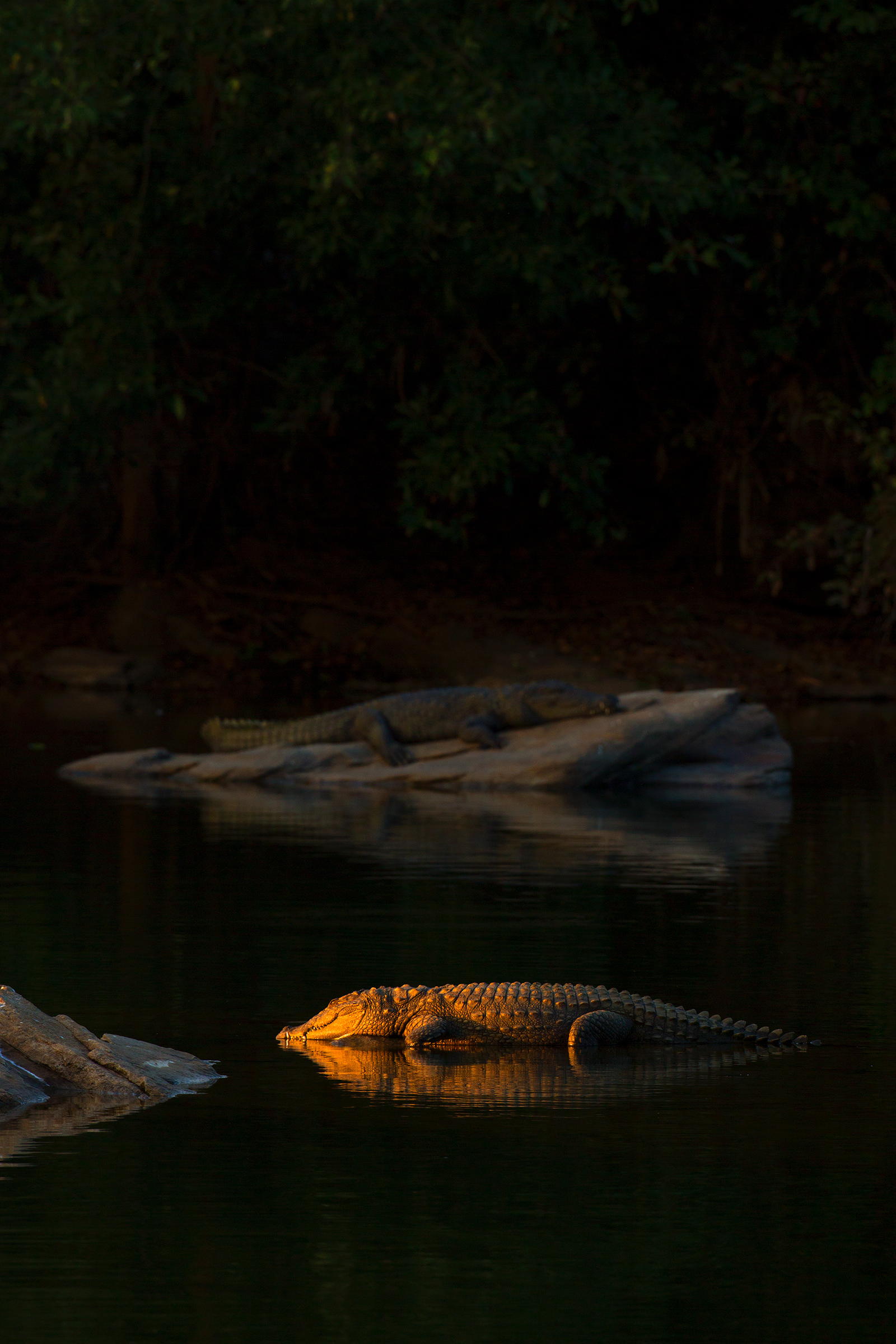
If you had the chance to go back to your early days, what advice would you give to your younger self?
Go slow and learn more. Don’t be in a hurry to identify animals or birds. Take your time. Ask questions.
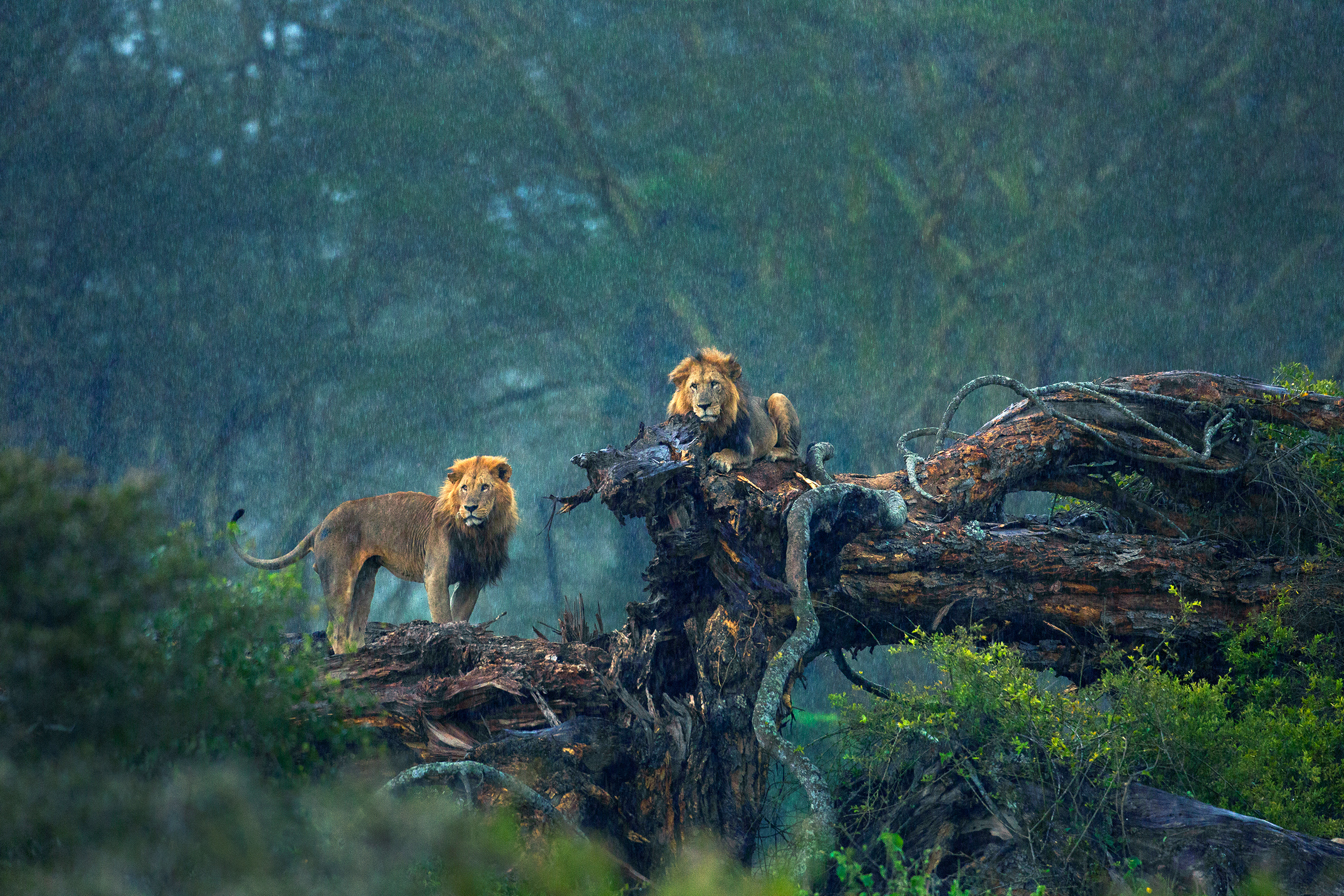
What is one unexplored destination or species on your bucket list?
There are many places in Northeast India that I’d love to visit for the frogs.
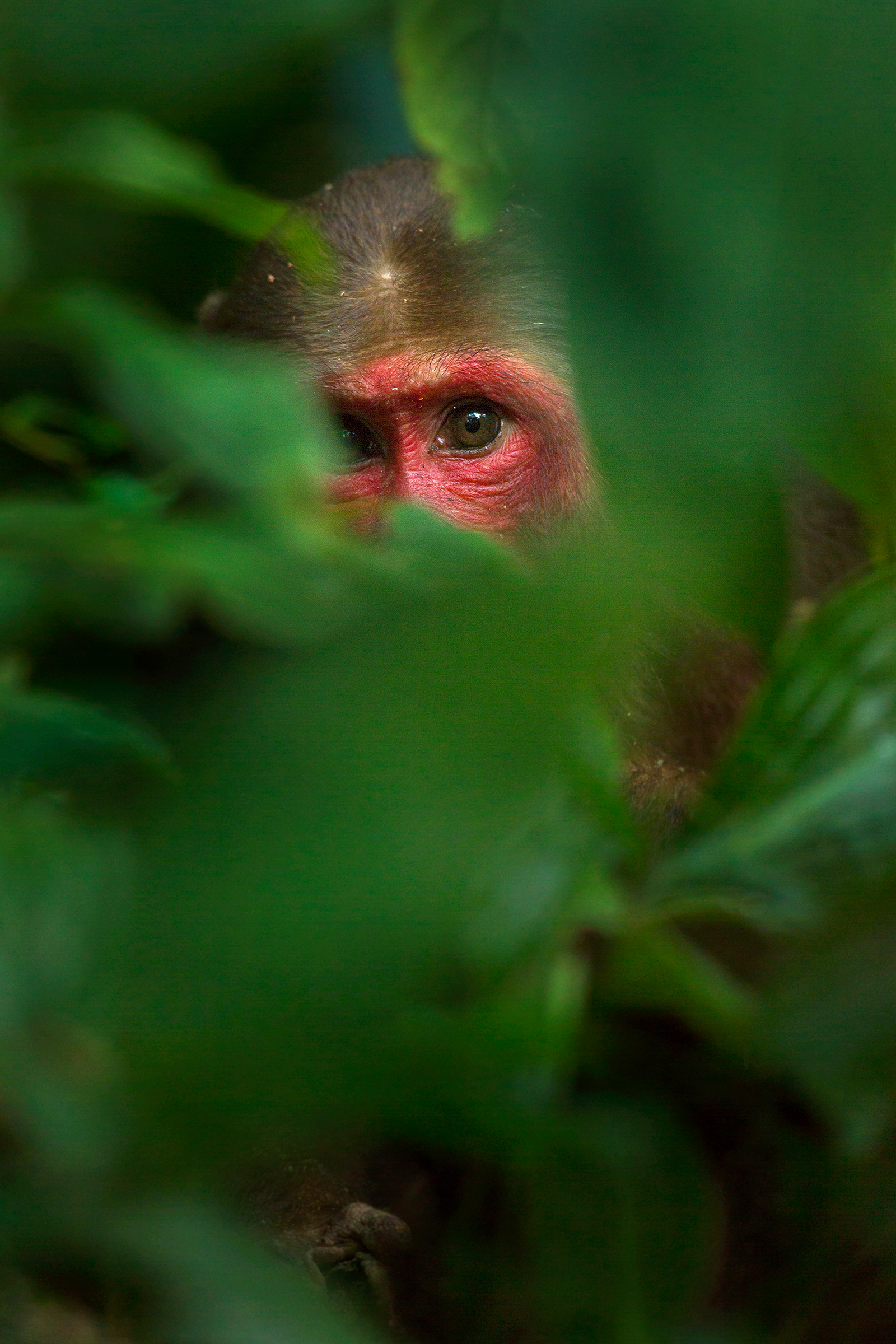
How would you like your body of work to be remembered in the broader narrative of wildlife conservation?
This is a tricky topic. I don’t believe that simply being a wildlife photographer automatically means you are contributing to conservation. A photographer’s impact is often limited unless they actively engage with real-world issues and use their work to tell meaningful, story-driven narratives rooted in those concerns. For example, taking a beautiful photo of an elephant or a frog and calling it “conservation” might not be enough. Does the image raise awareness? Maybe. But it could do so much more if the photographer also takes time to learn about the species, its habitat, and the challenges it faces. That deeper understanding allows for more powerful storytelling—something I have always stood by.
